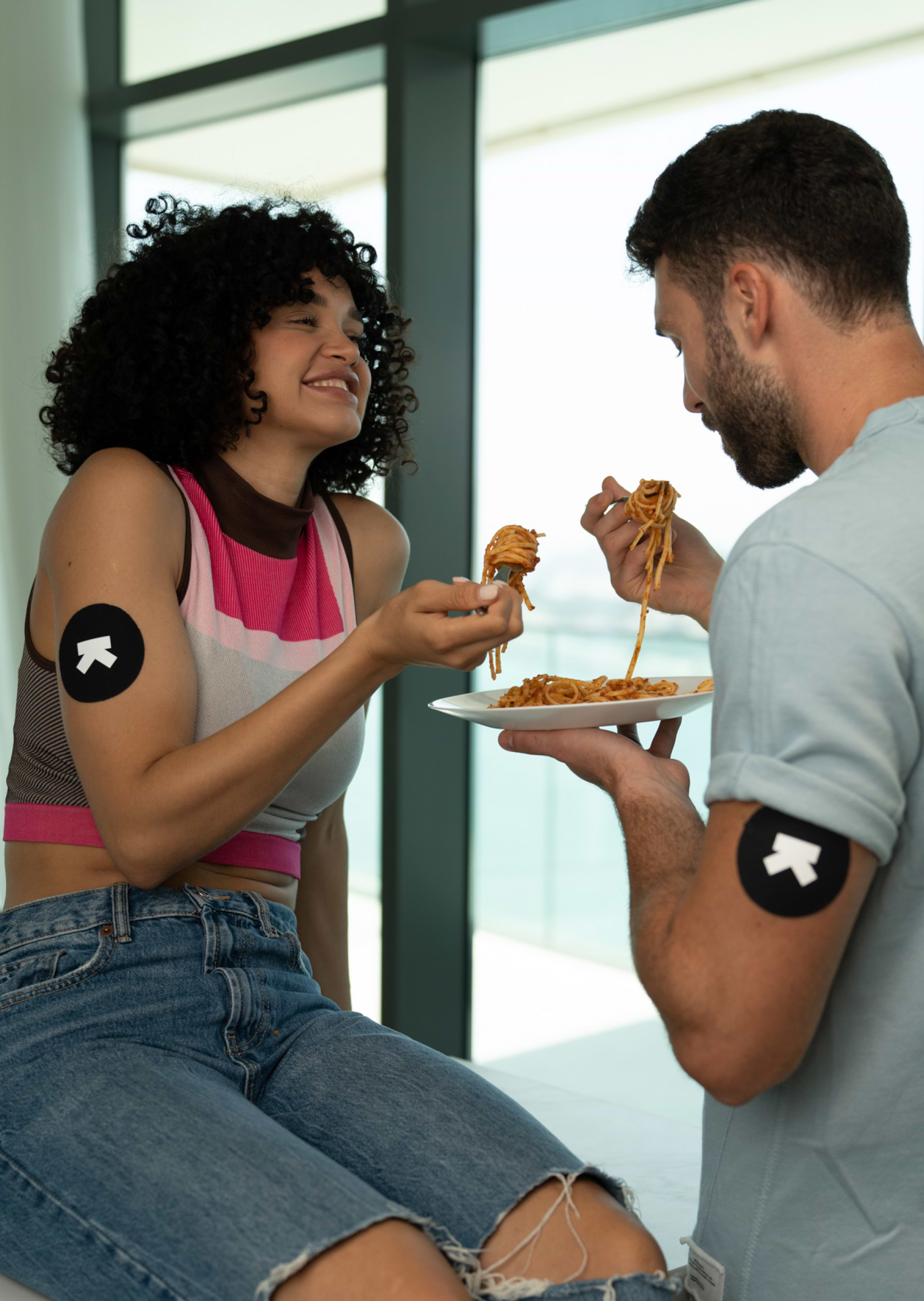
House Salad (100 G)
Lunch
137 mg/dL
avg. peak value
Usually causes a medium spike
Avg. Food Score on Ultrahuman App
Ultrahuman Users got an UNSTABLE response
How to consume House Salad without glucose spikes
Add Protein
Incorporate lean protein sources such as grilled chicken, tofu, or hard-boiled eggs into your salad. This can help slow down the absorption of glucose.
Include Healthy Fats
Add healthy fats like avocado slices, nuts, or seeds (such as chia or flaxseeds) to your salad. These can help moderate blood sugar levels.
Choose Whole Grains
If your salad includes grains, opt for whole grain options like quinoa or barley rather than refined grains. They are digested more slowly.
Incorporate Fiber-Rich Vegetables
Focus on vegetables high in fiber, such as spinach, kale, or broccoli, which can help reduce glucose spikes.
Add Legumes
Include beans or lentils to increase fiber and protein content, further helping to stabilize blood sugar levels.
Use Vinegar-Based Dressings
Opt for dressings that are vinegar-based instead of high-sugar dressings to prevent sudden increases in blood sugar.
Pay Attention to Portion Sizes
Be mindful of the portion sizes of high-carb ingredients like croutons or corn to avoid excess carbohydrate intake.
Eat Vegetables First
Start your meal by eating the vegetables first, which can help slow down the rate of glucose absorption when you consume other components of the salad.
Hydrate Adequately
Drinking water before and during your meal can aid in digestion and help maintain stable blood sugar levels.
Engage in Light Physical Activity
Consider taking a short walk after eating, as light exercise can help lower post-meal glucose levels.

Find Glucose response for your favourite foods
Explore OGDbDiscover
metabolic
health with M1
Ultrahuman M1 helps you measure the impact of food and activity on your body in real time through glucose as a biomarker.
Explore Ultrahuman M1Your cart is empty
Browse through our products and find something for you.

The concept of using CGM to guide your training and food plan is brilliant. The app is also very well laid out.
Rakannan - user since Jul 2021

I didn't follow any fancy diet, yet managed to educate myself around food, and built a sustainable & healthy lifestyle.
Athif Hasan - user since Sep 2021

Ultrahuman M1 has done what meal plans and diets have failed to do; make me better without all the restrictions.
Anwar Shai - user since Jun 2021
10% off on your first purchase
Subscribe to our WhatsApp for the latest updates and offers, and enjoy 10% off on your first purchase.